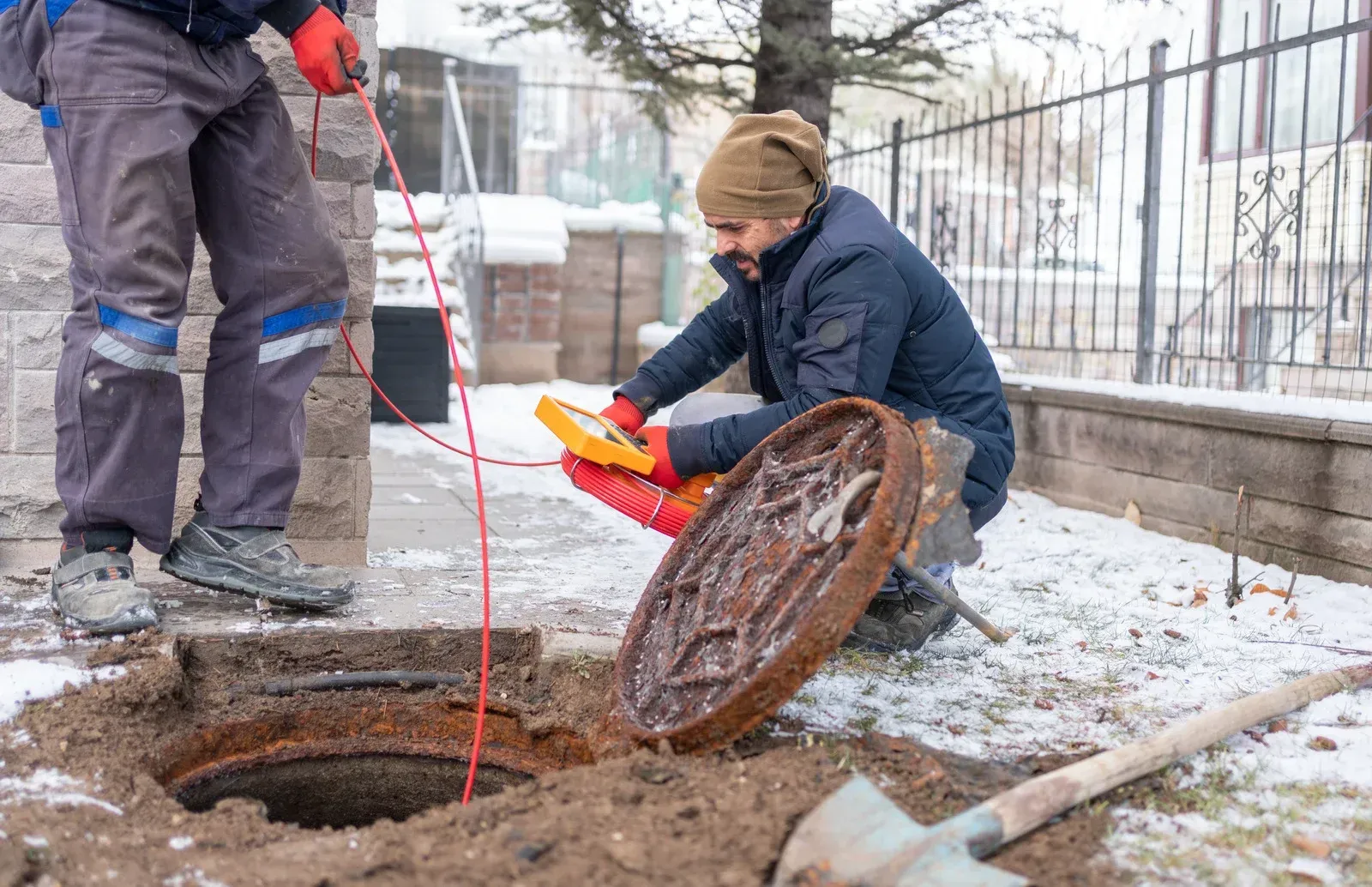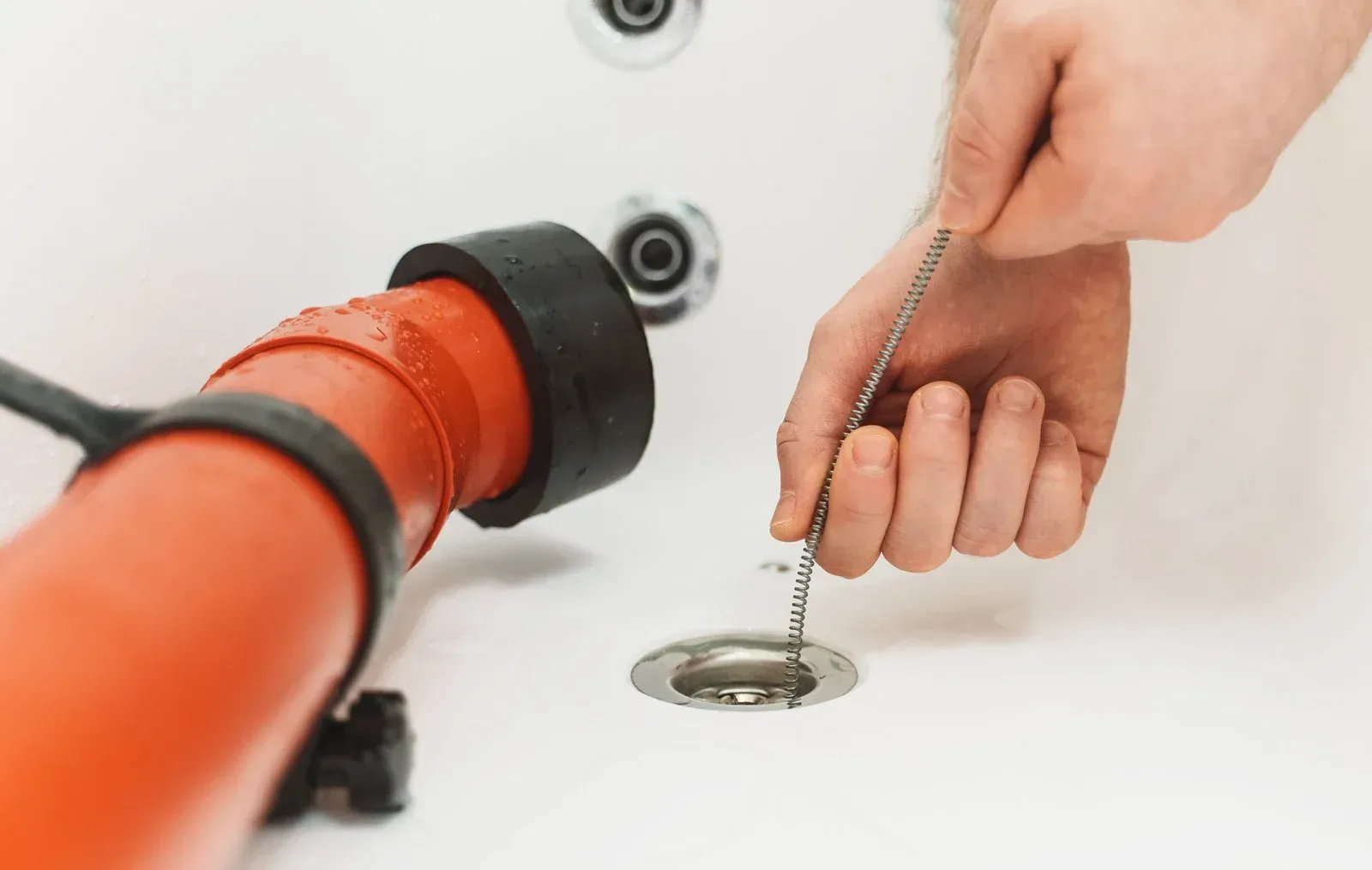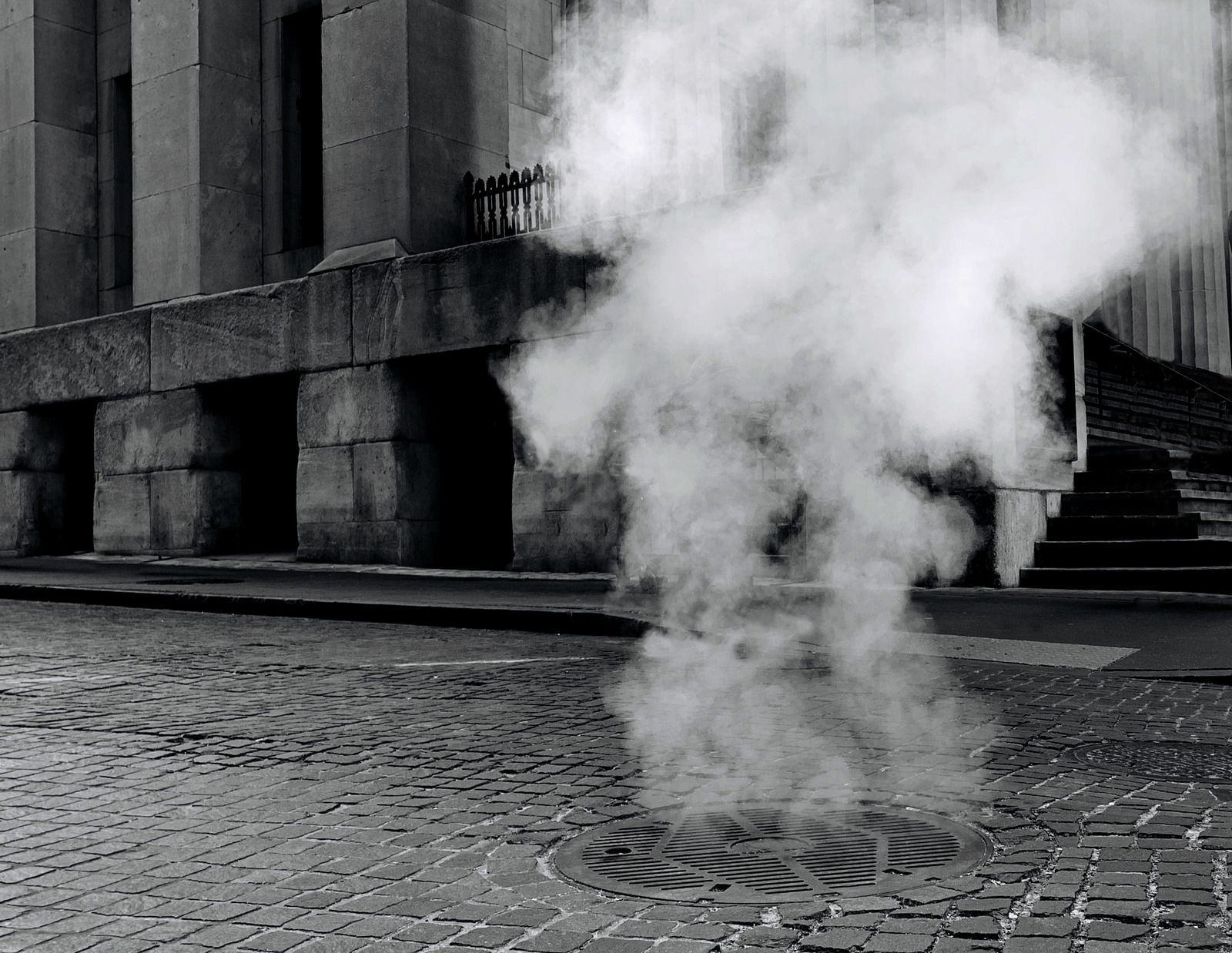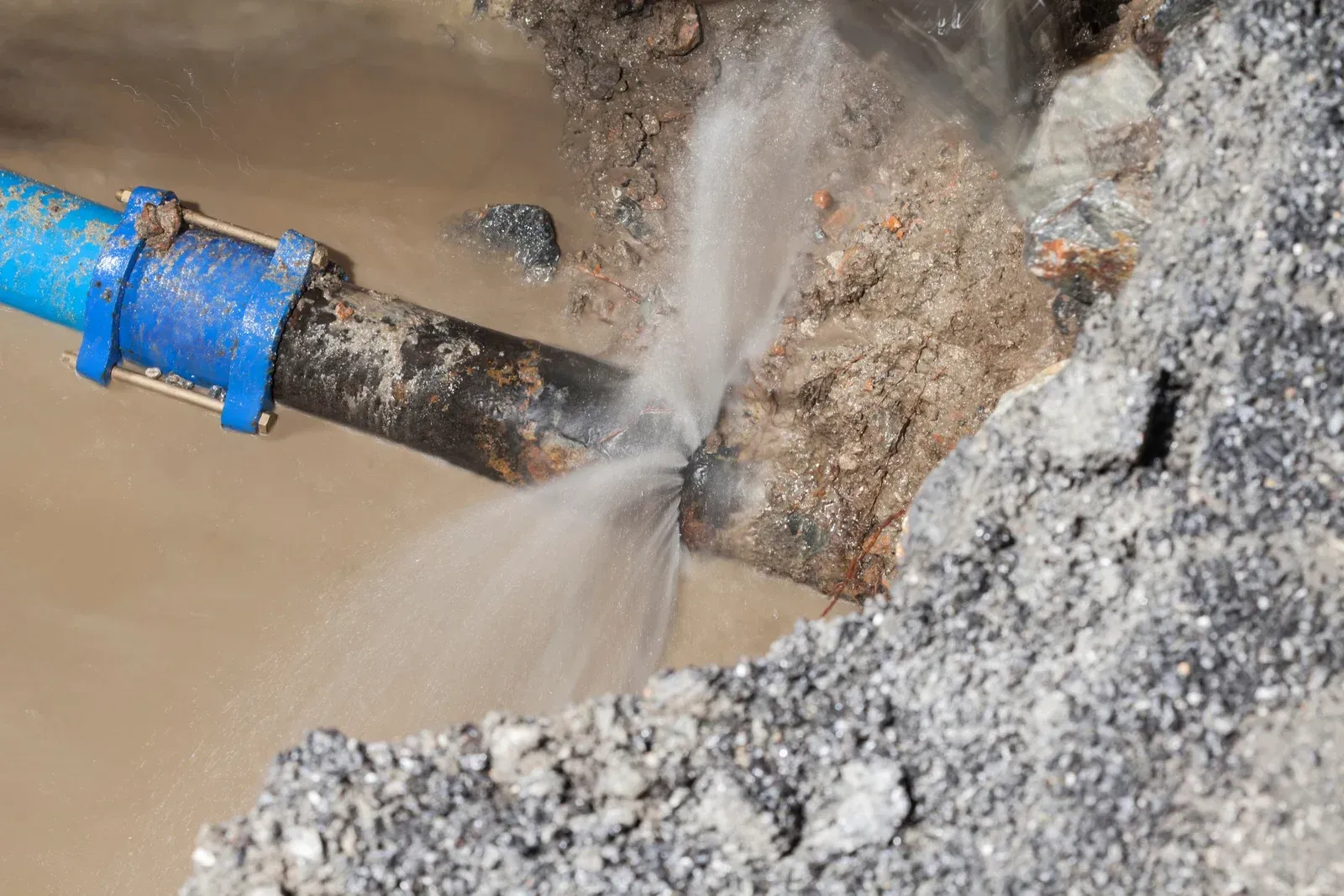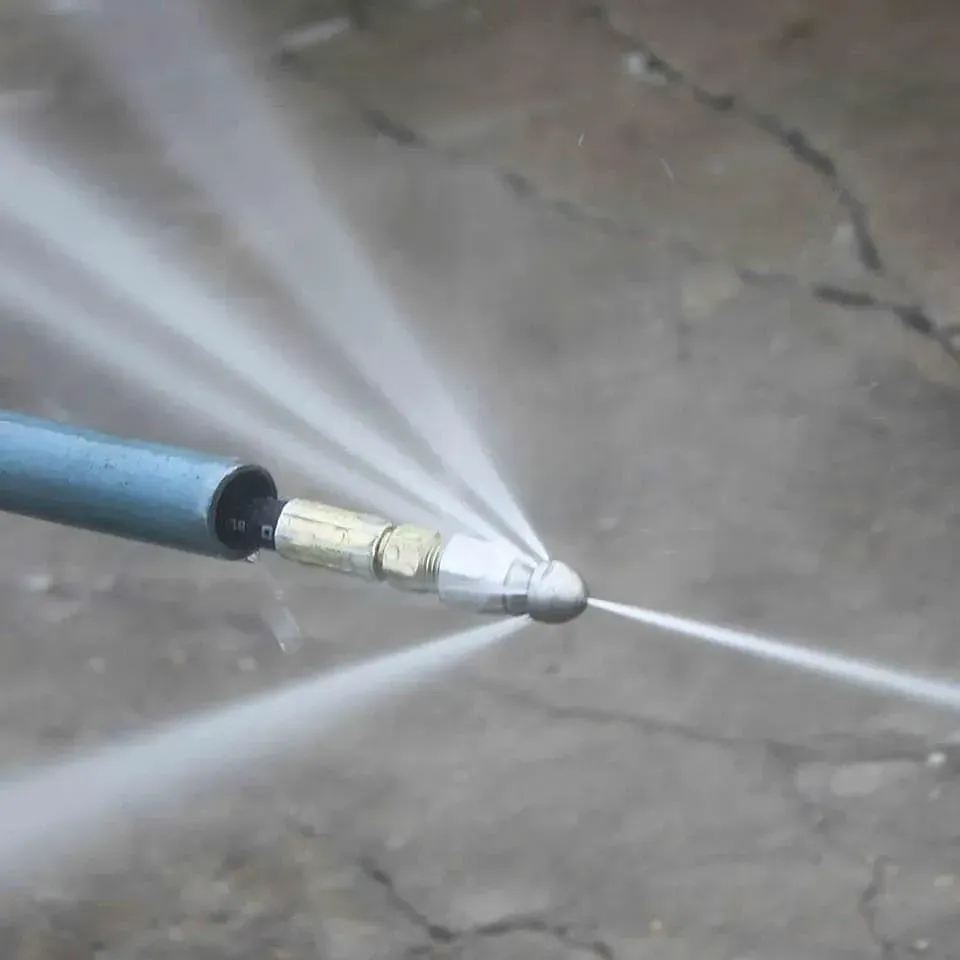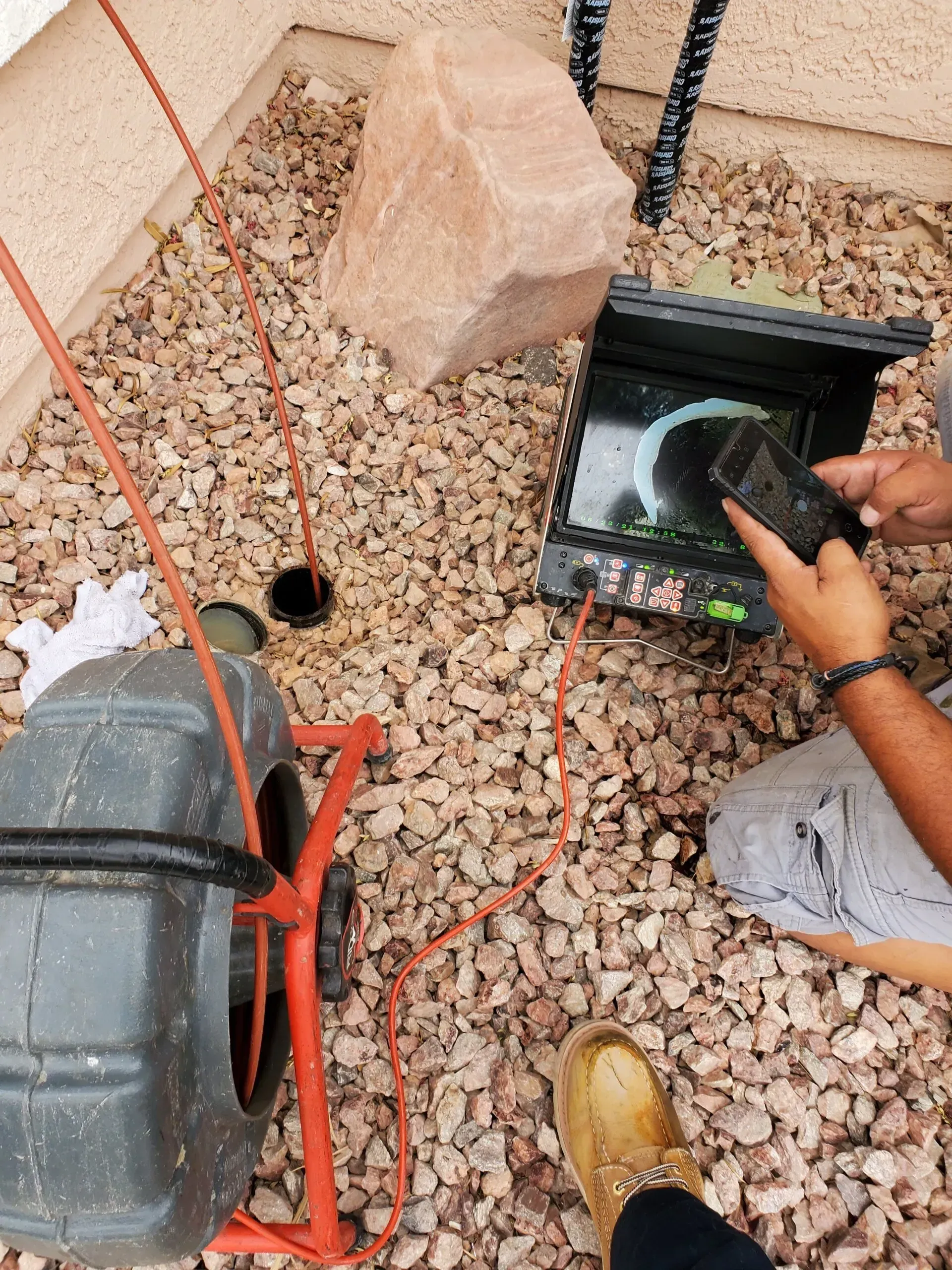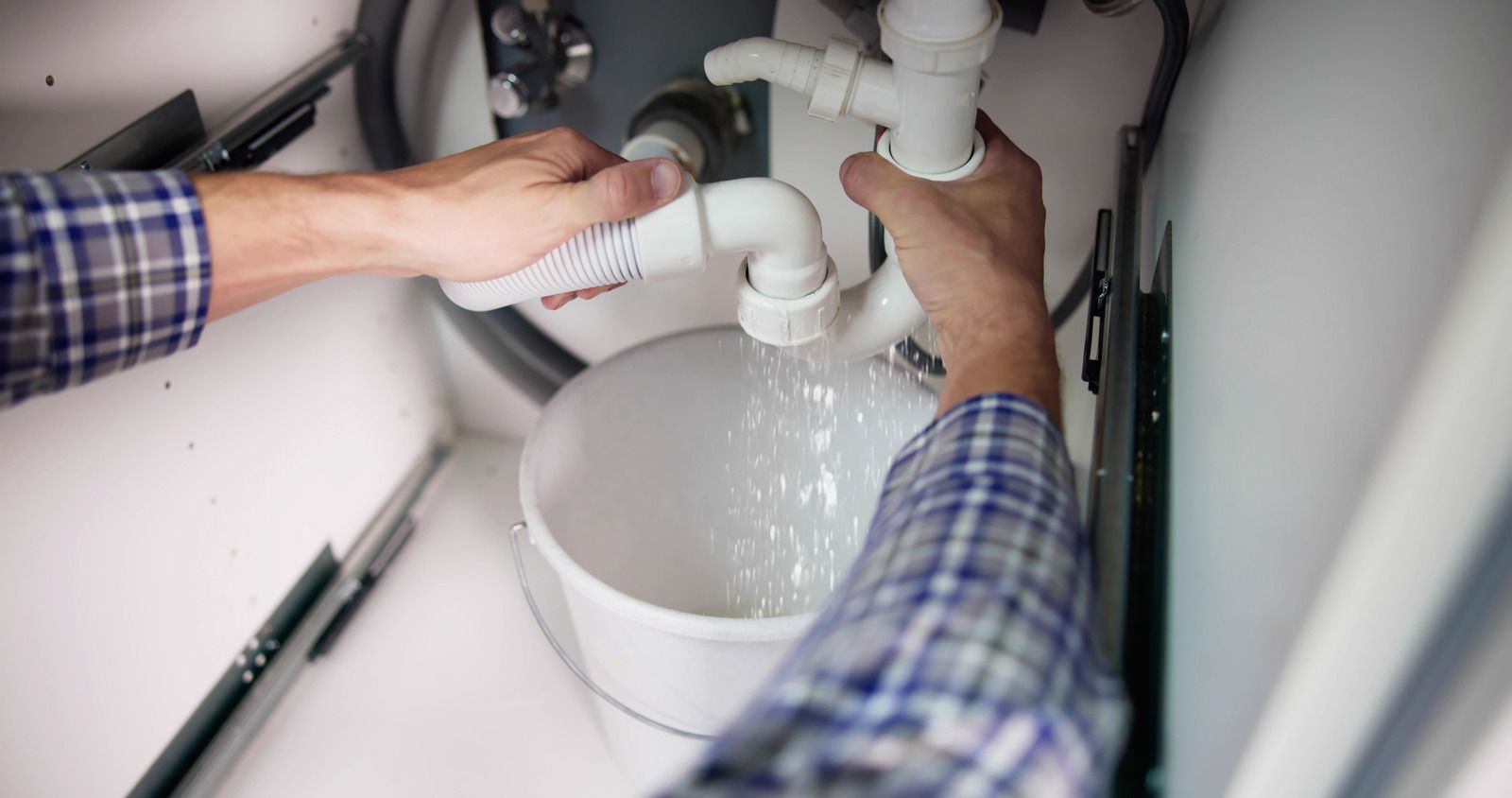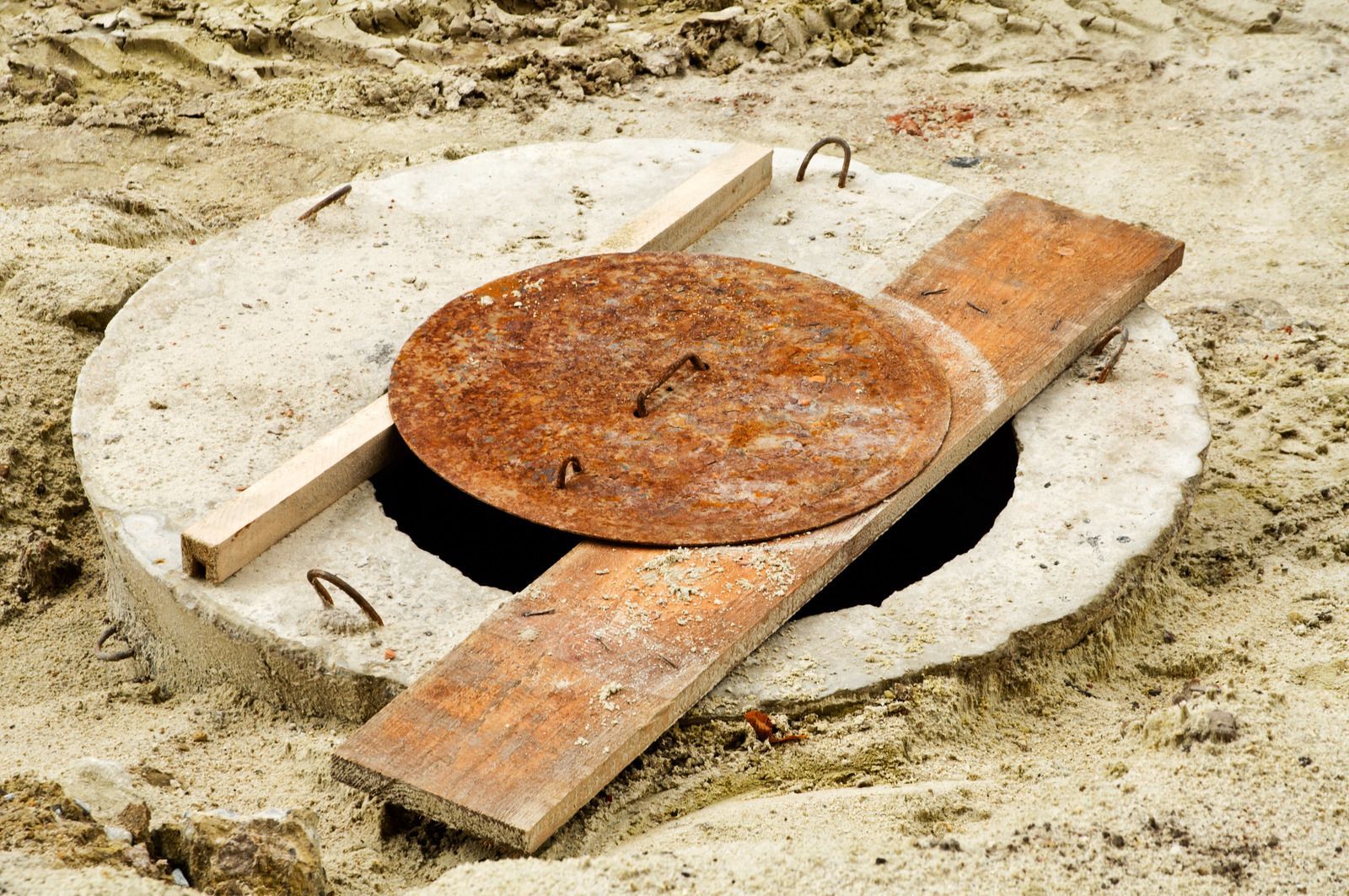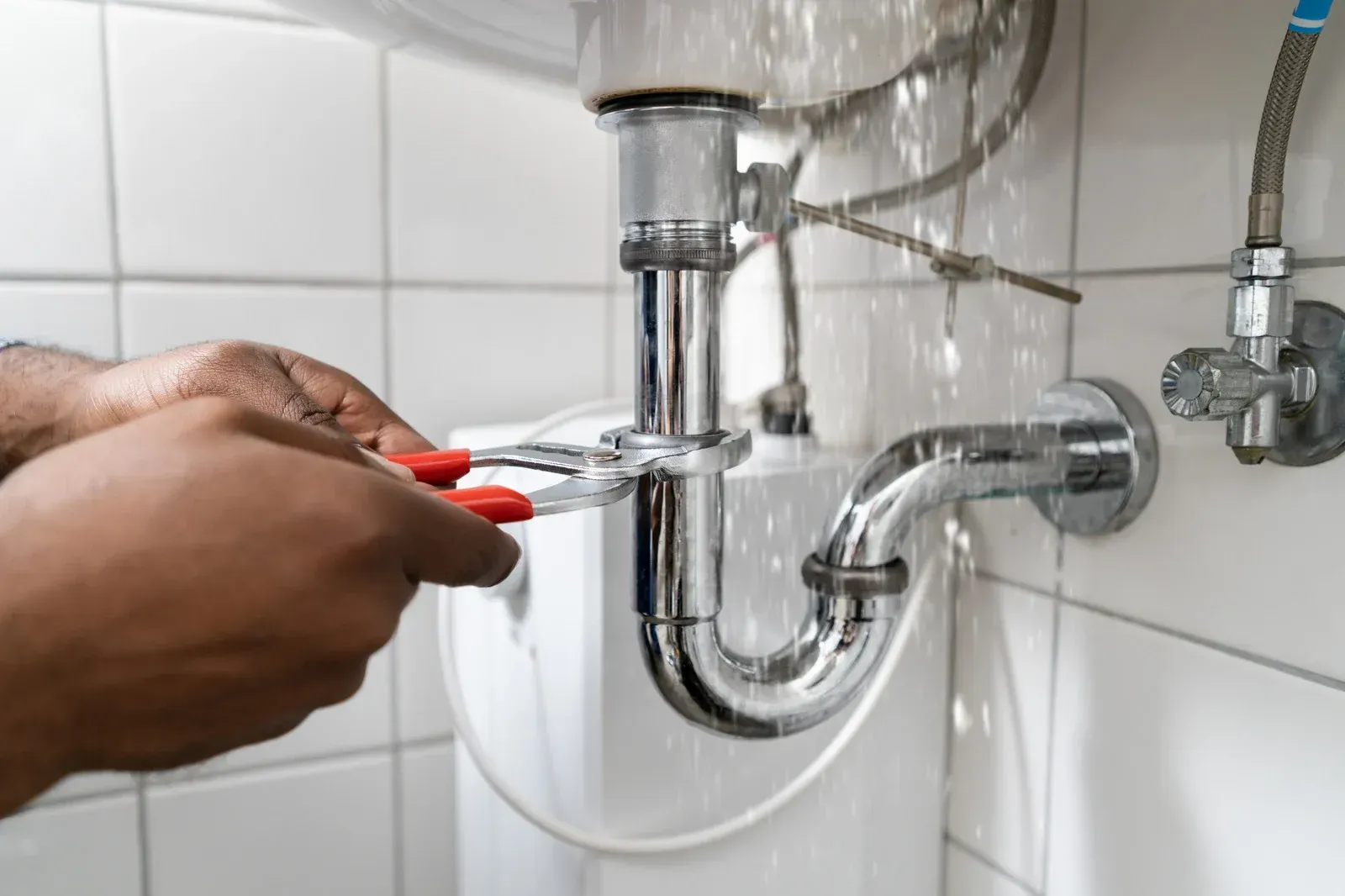How Is Hydro Jetting Worth A Shot For Pipe Treatment?
As a homeowner or business owner in Las Vegas, Nevada, you may encounter issues with your plumbing system, including clogged or slow-draining pipes. Hydro jetting is a modern and efficient method of pipe treatment that utilizes high-pressure water to clear out debris, grease, and other blockages from pipes. Traditional methods like snaking or chemical drain cleaners may provide temporary solutions, but hydro jetting is worth considering for a more effective and long-term solution. In this article, we will explore how hydro jetting can benefit pipe treatment in Las Vegas, Nevada and why it's worth a shot for maintaining a healthy plumbing system.
Effective and Efficient Cleaning
Hydro jetting is a highly effective and efficient method of cleaning pipes. The high-pressure water used in hydro jetting can effectively break down and remove various types of blockages, including grease, roots, scale, and debris, from inside the pipes. The water pressure can reach up to thousands of pounds per square inch (psi), thoroughly and deeply cleaning the pipes. This makes hydro jetting ideal for tackling stubborn clogs and ensuring your pipes are clean and free-flowing.
Eco-Friendly Solution
Hydro jetting is an eco-friendly solution for pipe treatment. Unlike chemical drain cleaners containing harmful chemicals that can harm the environment, hydro jetting uses only water. It does not introduce any chemicals or pollutants into the pipes or the surrounding environment, making it a safe and environmentally friendly option for maintaining your plumbing system. This makes hydro jetting a suitable choice for those who are conscious of their ecological footprint and want to choose sustainable methods for pipe treatment.
Prevents Future Clogs
One of the significant advantages of hydro jetting is that it clears the existing blockages and helps prevent future clogs. The high-pressure water used in hydro jetting can effectively remove residue, buildup, and debris from the walls of the pipes, leaving them clean and smooth. This reduces the chances of new debris or grease sticking to the pipe walls, minimizing the risk of future clogs. Hydro jetting can provide a long-term solution to keep your pipes flowing smoothly and prevent recurring plumbing issues.
Safe for Different Pipe Materials
Hydro jetting is a safe method for treating pipes made of various materials. Whether your pipes are made of PVC, copper, cast iron, or any other material, hydro jetting can be used without causing any damage to the pipes. The water pressure can be adjusted according to the type of pipes being cleaned, ensuring that the pipes are thoroughly cleaned without causing harm or erosion. This makes hydro jetting a versatile and safe option for pipe treatment, regardless of the type of pipes in your plumbing system.
Saves Time and Money
Hydro jetting can save you both time and money in the long run. While traditional methods like snaking or using chemical drain cleaners may provide temporary relief, they may not effectively clear out the underlying cause of the clog, resulting in recurring issues. Hydro jetting, however, provides a thorough and deep cleaning of the pipes, reducing the chances of future clogs and the need for frequent plumbing repairs. Investing in hydro jetting can save on costly repairs and avoid the inconvenience of recurring clogs, saving both time and money in the long term.
Conclusion
In conclusion,
hydro jetting is a powerful, environmentally friendly, and cost-effective method for pipe treatment. It offers thorough pipe cleaning, prevents future clogs, and has versatile applications in various plumbing systems. If you are facing recurring clogs or plumbing issues, hydro jetting can be a worthwhile option. Hiring a professional plumbing service with experience and expertise in hydro jetting is essential to ensure safe and effective results. Give hydro jetting a shot for pipe treatment and choose the most reliable services.


